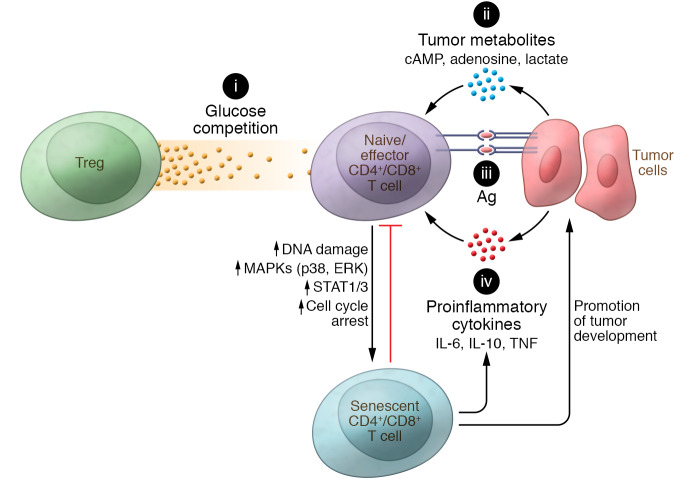Figure 2. Potential signaling/mechanisms responsible for the development of senescent T cells within the suppressive tumor microenvironment.
(i) Tregs’ accelerated glucose consumption creates glucose competition in the tumor microenvironment, which can induce cell senescence in responder T cells during their crosstalk. (ii) Accumulation of metabolic end products, including cAMP, adenosine, and lactate, in the tumor microenvironment suppresses effector T cells and/or promotes induction of T cell senescence. (iii) Continuous and repeated stimulation from tumor antigens in T cells may induce loss of telomerase activity and result in replicative senescence of T cells. (iv) Tumor-derived microenvironmental inflammatory cytokines enhance tumor proliferation, inflammation, angiogenesis, and metastasis, and can also promote the development of senescent T cells. All these signaling pathways may potentially initiate the ATM-associated DNA damage response and activate MAPK and STAT1/3 signaling, resulting in T cell senescence in the tumor microenvironment.

